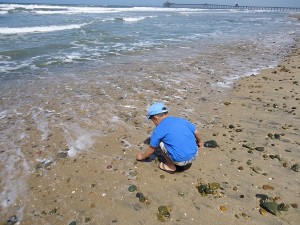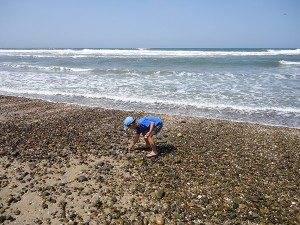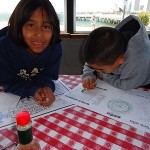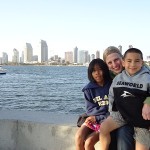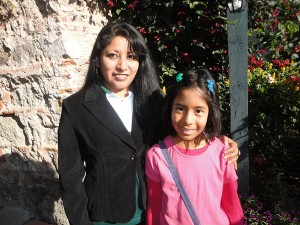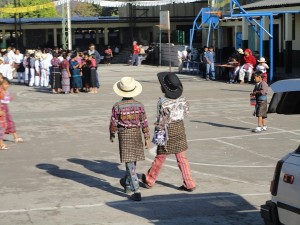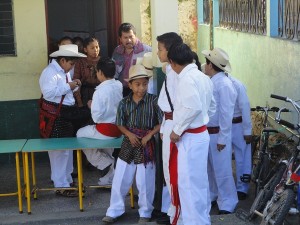This article in The Economist, Guatemala’s First Couple: Divide and Rule, gives the best general overview written in English about the divorce of Guatemala’s presidential couple, Alvaro Colom and Sandra Torres, that I’ve read so far. In reads in part:
Ms Torres is not the only candidate running on dubious constitutional grounds. Álvaro Arzú, a former president, is campaigning despite a ban on re-election. Zury Ríos, a congresswoman, may be blocked by a prohibition on the relatives of the organisers of coups, since her father, Efraín Ríos Montt, toppled a government in 1982 and installed himself as dictator.
***
One of the few candidates free of constitutional entanglements is Otto Pérez Molina, a former general who narrowly lost a run-off vote to Mr Colom in 2007. Mr Pérez Molina is the strong favourite: a recent poll put his support at 43%, with Ms Torres next on only 11%. In 2007 he promised an “iron fist” against crime. Since then Guatemala has become far more dangerous, as Mexican cocaine smugglers have put down roots in the wild jungle areas near the northern border. After four years of the soft-spoken Mr Colom, some Guatemalans might fancy an ex-army man to drive the gunmen back across the frontier.
Guatemala has been challenged with political and social instability throughout its history, including during the years since the 36-year civil war ended in 1996. That instability has far-reaching implications. Tourism, for example. Danilo Valladares reports in Alternative Tourism Seeks to Overcome Major Obstacles.
GUATEMALA CITY, Mar 24, 2011 (IPS) – Most of the countries of Central America are lagging behind the rest of the tourist destinations in Latin America, despite their impressive natural and archaeological treasures. To turn this situation around, the area is increasingly focusing on alternatives like rural tourism.
“Tourism has become the main livelihood of families here,” Olga Cholotío of the Rupalaj K’istalin community association of eco-tourism guides in San Juan La Laguna in the northwestern Guatemalan province of Sololá, told IPS.
The association, run by the Mayan Tzutuhil indigenous people, works in the area around Lake Atitlán, one of the region’s main tourist attractions, offering tours of rural areas and villages where visitors see traditional weavers making colourful textiles, watch small-scale fishers plying their trade, take in traditional music and dance performances, and go on nature walks.
***
The Travel and Tourism Competitiveness Report, produced every year since 2007 except 2010, seeks to measure the factors and policies making countries attractive for developing the travel and tourism industry. The index includes three main subcategories: regulatory framework; business environment and infrastructure; and human, cultural, and natural resources.
Cholotío is not familiar with the report. But she has no doubt that Guatemala’s high crime rates have a negative impact on tourism and keep it from fully becoming an engine of development for communities like hers.
In 2010, revenues from tourism, the country’s third-largest source of foreign exchange, fell 14.5 percent from 2009, to just under 986 million dollars, according to Guatemala’s central bank.
The first question I’m asked when I talk about our travels to Guatemala is “Is it safe?” My answer is that it is, as long as you’re careful. My personal preference is to avoid Guatemala City, but I may be more cautious than most. We plan our trips thoughtfully and make arrangements in advance. Our family loves the villages around Lake Atitlán. Like many other adoptive families, we try to visit as much as we can. I hope that the region’s plans to boost rural tourism succeeds.
Finally, a friend posted this link to a video on the Kiva website made by a Bay Area family who made a micro-loan to three women in Guatemala to help fund their clothing enterprise. You’ll enjoy watching a recap of the family’s trip to Guatemala, where they met the three women whose business they helped finance.
Happy Friday!
